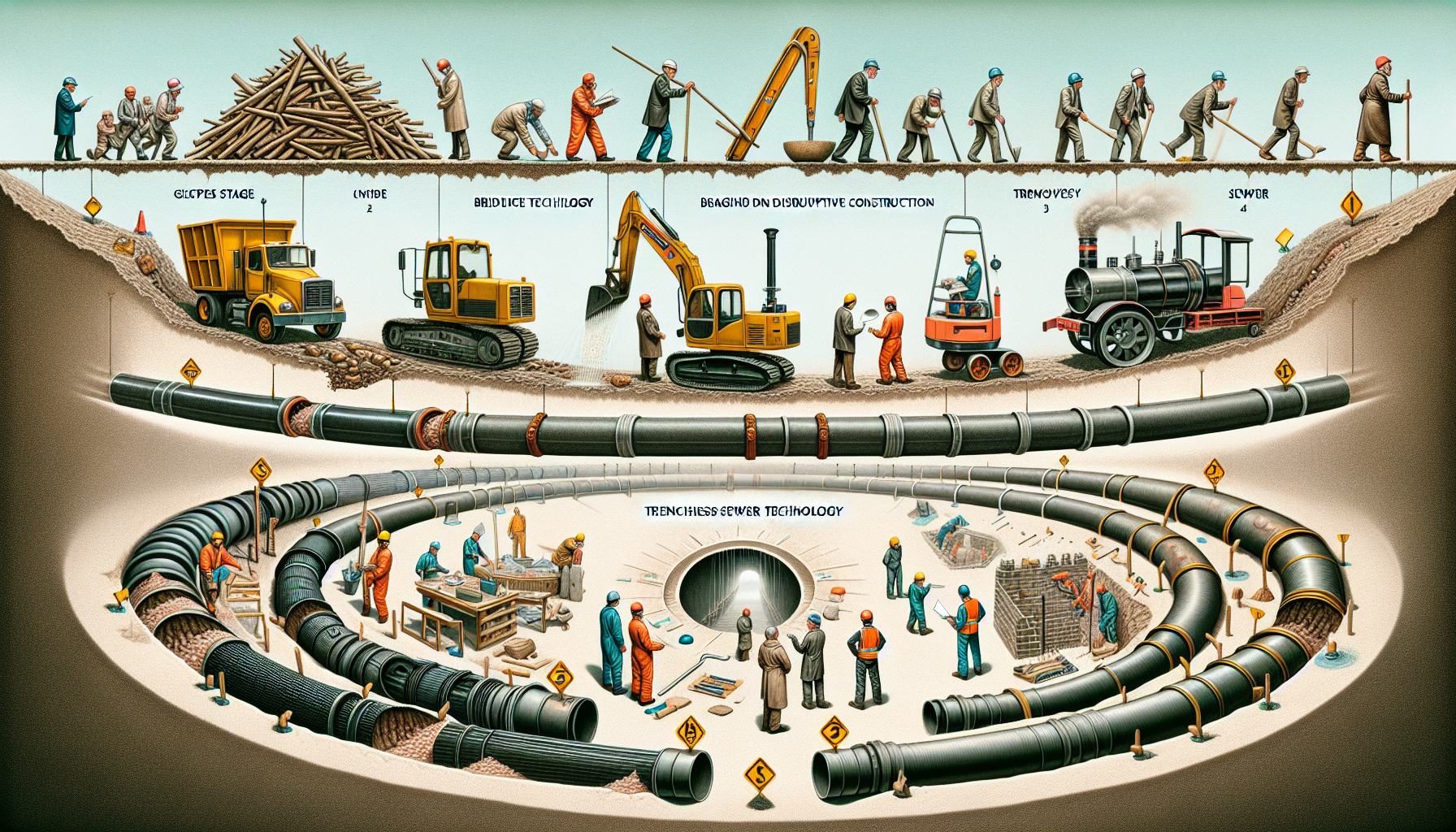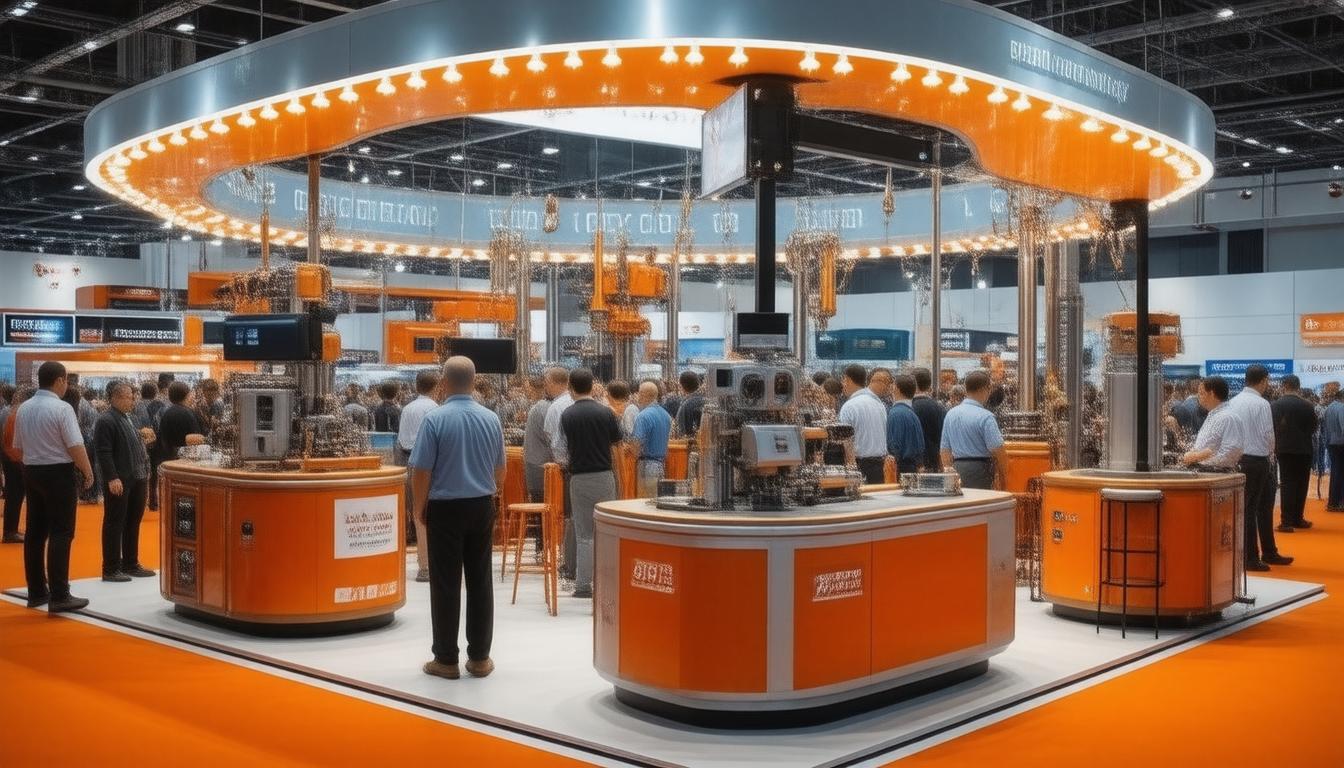
In the late 20th century, the seeds of what we now know as trenchless sewer technology were sown. Originally conceived to minimize disruption to road traffic and urban life, the fundamental idea was to repair or replace underground utilities with minimal excavation. Early trenchless methods, like pipe bursting and slip lining, allowed utility operators to restore sewer function without the extensive digging required by traditional methods, marking the first steps in a direction that promised an altogether new way of thinking about underground infrastructure work.
Trenchless Technology Gains TractionAs urban areas became increasingly congested and the cost of restoring landscapes and surfaces soared, trenchless technology became an attractive alternative. The convenience of fixing pipes without massive trenches appealed to both municipal planners and the public. From the 1990s onwards, what began as a niche service evolved rapidly into a widely adopted practice. Innovations in robotics, materials, and digital monitoring systems propelled trenchless methods forward, offering efficiency and precision that conventional digging could not match.
Innovative Methods and Evolving TechniquesThe evolution of trenchless sewer technology has seen the emergence of several key methods, each with its own unique benefits. Cured-in-place pipe (CIPP) lining became one of the most prominent techniques, enabling the rehabilitation of existing sewers by creating a pipe within a pipe, thus eliminating the need for extensive excavation. Horizontal directional drilling (HDD) also provided a way to install new pipelines with accuracy and astonishingly low impact on the surrounding environment. As technology advanced, so did these methods, merging with digital mapping and sensing technologies to ensure minimal disruption and maximum effectiveness.
Eco-Friendly Advances and SustainabilityOne of the most transformative aspects of trenchless sewer technology is its environmental benefit. The reduction in excavation not only preserves the integrity of landscapes but also reduces the carbon footprint associated with heavy machinery usage and ground transportation. The technology supports the sustainability agenda by mitigating habitat destruction, conserving resources through the refurbishment of old pipelines, and lowering emissions. Additionally, as urban areas continue to grow and the demand for water and waste management increases, trenchless technology offers a scalable and less intrusive means of servicing burgeoning cities.
The Future of Trenchless TechnologyLooking ahead, the future of trenchless sewer technology is poised to become even more sophisticated. Smart sensors and Internet of Things (IoT) technology promise real-time monitoring and predictive maintenance of underground infrastructure. The integration of artificial intelligence can streamline the planning and execution of trenchless operations. Furthermore, advancements in material science could yield even more resilient and long-lasting solutions, which could dramatically extend the life of the underground utilities. The trenchless industry is also likely to see increased automation, which will not only increase safety by reducing human involvement in potentially hazardous operations but also improve efficiency and cost-effectiveness.
In summary, trenchless sewer technology has transformed from a nascent idea to a cornerstone of modern urban infrastructure management. Its evolution continues to impact how cities maintain vital services with minimal environmental impact and disruption to daily life. As this technology continues to refine, it stands to benefit not just the urban landscapes of today but also the sustainable future of tomorrow.






